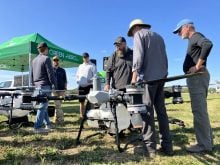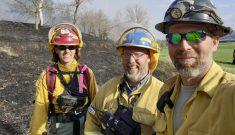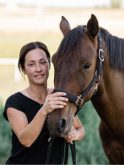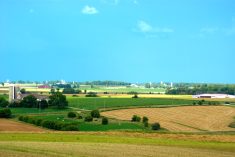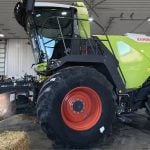Drones have many practical uses in agriculture, but anecdotes of unknown – and potentially nefarious – unmanned aircraft surveying Ontario farms have prompted questions about the privacy and safety of rural residents and their property.
Why it matters: Drones allow farmers to monitor crops, but there are concerns about the autonomous flying machines observing farms with criminal intent or making observations for animal rights activists.
What are the options for rural residents if a mystery drone starts hovering over their property?
Read Also
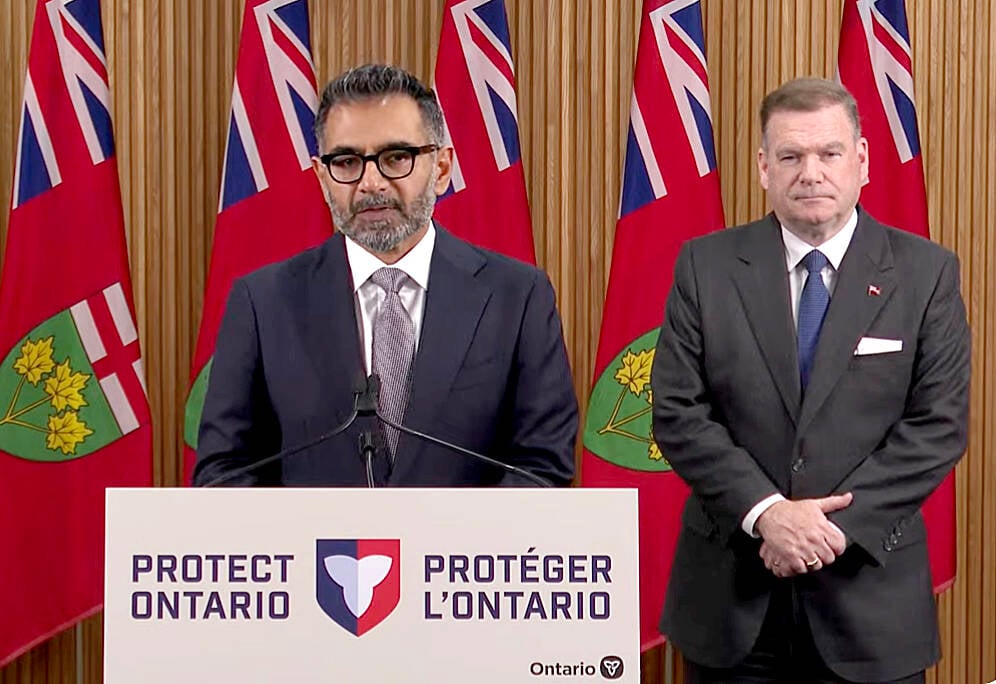
Conservation Authorities to be amalgamated
Ontario’s plan to amalgamate Conservation Authorities into large regional jurisdictions raises concerns that political influences will replace science-based decision-making, impacting flood management and community support.
Rural Ontario cases unclear
Recent inquiries made to the Ontario Federation of Agriculture and several large commodity groups, as well as via social media and other farm networks reveal some anecdotes of visits from mystery drones, but no official numbers.
That doesn’t mean documented incidents are unheard of elsewhere.
Cases of drones being employed by animal rights and environmental activists to survey farms in both the United States and Canada (such as a case from British Columbia involving open water salmon farms) have certainly gained headlines in the past. Transport Canada also keeps a running balance of investigations into illegal drone activity, with cases spanning the breadth of the country.
A quick internet search also reveals how seriously advertisers and security companies — in the United States specifically — appear to take this perceived threat; indeed, if the marketing strategies of these companies were the only true indicator, every farmer in North America might already have their own drone-interception (perhaps one could call it “anti-aircraft”) system.
Report incidents of concern
Carolle Dionne, staff sergeant and media relations co-ordinator for the Ontario Provincial Police, says any farmer or rural resident encountering an unknown drone (also called Unmanned Aerial Vehicles, or UAVs) “shouldn’t take anything for granted.”
“People can report incidents to both police and Transport Canada. Transport Canada operates an online Drone Incident Report Form that individuals can submit,” she says.
Via email, Transport Canada added, “citizens who witness someone flying a drone in a way that poses an immediate threat to privacy, safety or security,” should contact their local police department immediately. They add the incident report form is used primarily for situations where there is a “concern for aviation safety.”
If a person contacts their local police department, Dionne says investigating officers can, if warranted, issue a warning or lay mischief charges against the UAV operator — that’s assuming the operator is found, or nothing more sinister is occurring simultaneously.
Dionne also reiterates the importance of reporting — and not ignoring — all concerning incidents to either police or Transport Canada. These reports can be used to investigate possible future crimes both in and outside the immediate area, such as thefts or break-ins, and help track the number of drone-related incidents in general.
No, you can’t shoot them
While shooting at trespassing drones might seem like a good short-term security solution, Dionne says doing so is “definitely not” permissible.
Both Dionne and Transport Canada stress that UAVs are considered aircraft. As with planes, helicopters, hot air balloons, and so on, shooting at a drone endangers the safety of the aircraft, and violates federal legislation on the safe use of firearms.
Grey area in current UAV regulations
Transport Canada introduced a wide range of regulations for UAV use in 2017, and is currently proposing a number of additional rules — including requirements for operators to identify small recreational drones with their address, name, and contact information.
As things stand, though, Dionne says current legislation does not clearly define the relationship between altitude and trespassing. If an operator is flying a drone high enough, that is, their actions may not be interpreted as trespassing by law enforcement. They can still be charged, however, with taking off and landing from property without permission.
“It’s the same underground. Not all things under a person’s property are automatically owned,” she says. “The property owner does own some airspace though. If (a UAV) is causing problems or are flying low enough, it’s still trespassing.”
Different drones — different regulations
Transport Canada’s drone regulations are complex. Currently, there are different rules for drone size, and whether the craft is being used for private or commercial purposes.
However, Norm Lamothe, professional UAV operator and co-founder of the agricultural drone data company Deveron UAS Corp., says Transport Canada is now more focused on size distinctions in an effort to better account for the risks associated with different types of UAVs.
Drones weighingmore than one kilogram, for example, must keep at least 250 feet lateral distance from vehicles, vessels, or the public, including spectators, bystanders or any person not associated with the operation of the aircraft. UAVs of all sizes are also not permitted to fly above 300 metres — a policy designed to prevent problems with planes and other aircraft.
“There’s nothing illegal about flying overhead, as long as it’s not a risk to anyone,” says Lamothe.
“No matter what, (drone operators) need liability insurance. But most people don’t have that. Flying without insurance would be the easiest thing for the police to check for.”
Proper UAV practices mean few incident reports
As commercial operators, Lamothe says neither he nor his colleagues have ever been reported for trespassing or other safety violations while working. He also emphasizes the importance of acquiring permission to operate from the relevant property owner(s) before heading into the field.
In cases where police have stopped to inquire what they were doing, Lamothe says their queries are invariably a result of curious officers noticing one of his company’s drones, and investigating on their own accord.
“At that point we provide (the necessary documentation). After that, most of the time the officer just wants to watch,” he says. “We always ensure there’s no risks to people property, or general aviation. That’s straight from Transport Canada.”
Have you had a visit from an unknown drone? How did it go? Let us know at [email protected].




